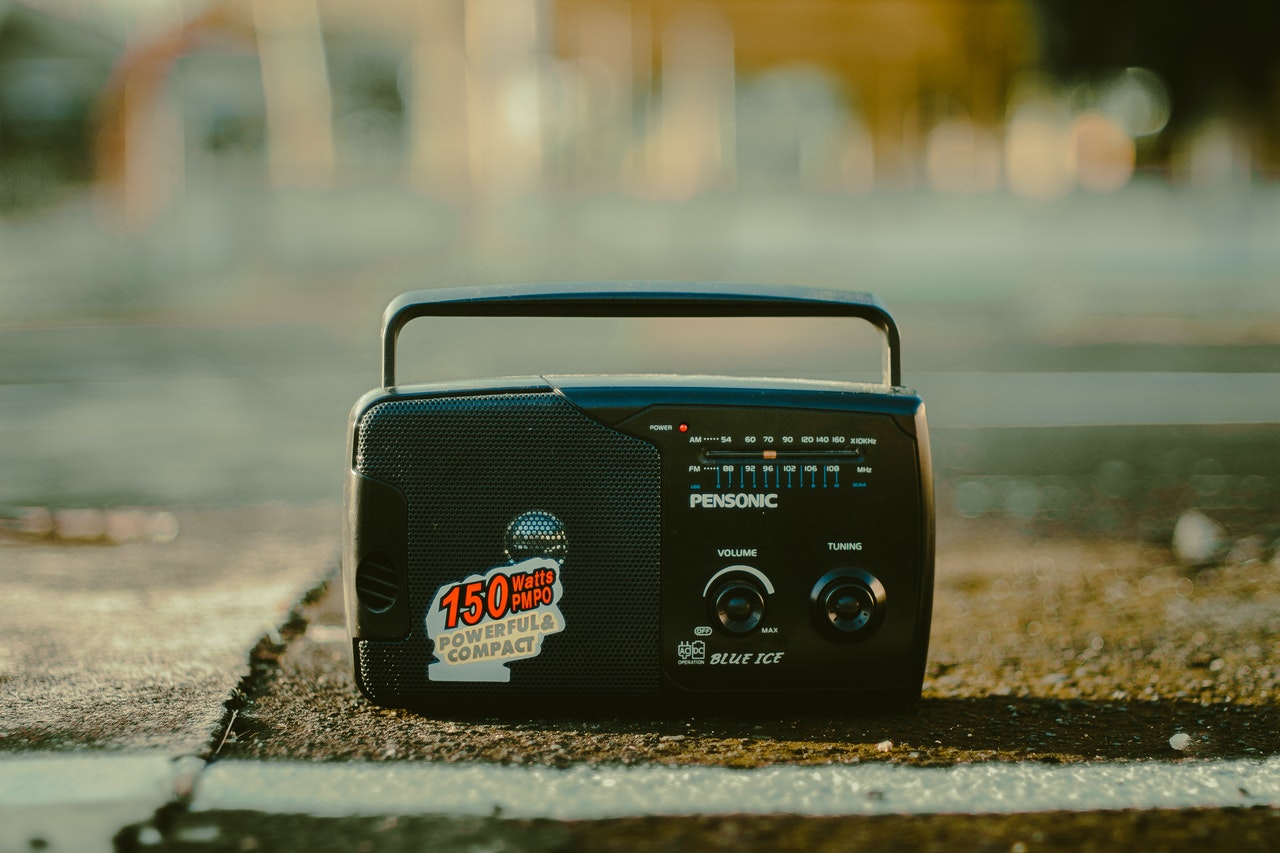Radio waves form a small part of what is known as the electromagnetic spectrum (EMS). This consists not just of radio waves but also other forms of electromagnetic radiation such as gamma rays, microwaves, visible light, and more. Radio waves have among the longest wavelengths on the EMS. Continue reading →
When Guglielmo Marconi began research into long-range radio in the late 19th century, the scientific community was skeptical. That he succeeded in transmitting radio signals more than 2000km met with much astonishment. What he had unwittingly done was discover the ionosphere, a layer in the atmosphere that is ionized to a degree by the sun’s ultraviolet rays.


This affects radio waves and reflects them to earth, which bounces them upwards again. This repeated sequence enables us to transmit radio waves around the world. So, if radio waves can’t penetrate the ionosphere, what else will hinder them? Let’s look at what radio waves consist of, and then we’ll talk about their ability or otherwise to pass through certain materials.
Developments in radio technology have brought us a long way in the past 100 years and more, but how do radio waves work? Before Marconi’s discovery, scientists believed that radio signals could only travel a straight line, as they were known to do in free space. Hence, there was a necessity for tall towers from which to transmit signals. A 100m high tower, for example, could send a signal up to around 30km, the limit set by the curvature of the earth. Marconi showed that radio waves could be bent and bounced by the ionosphere.
Radio waves form a small part of what is known as the electromagnetic spectrum (EMS). This consists not just of radio waves but also other forms of electromagnetic radiation such as gamma rays, microwaves, visible light, and more. Radio waves have among the longest wavelengths on the EMS. Imagine a rope held between two people. Move the rope up and down at one end, and a waveform moves across the rope.
This is what a radio wave would look like if we could see it. The wavelength is the distance between two ‘peaks’ in the wave. We also have to consider the frequency, which the number of waves that pass a given point in a set time. This is vital to understand so that different transmissions do not interfere with each other.
Television signals are radio waves, but they are broadcast in a different frequency range to the radio.
What has this to do with the materials that radio waves can and cannot pass through? Let’s look more closely at this.


We’ve already seen that radio waves do not penetrate the ionosphere. We should explain that this refers to radio waves of up to 40MHz, the highest frequency bounced off the ionosphere. Why do radio waves bounce back?
As we mentioned, the ionosphere is partly ionized.
This is because the UV light from the sun causes electrons to shake free from atoms, leaving a large proportion of free electrons hanging about in the ionosphere. When a radio wave hits the ionosphere, the energy created by the free electrons, as a result, causes the radio waves to be repelled or reflected.
So, we know that radio waves up to 40MHz won’t pass through an ionized layer in the atmosphere. Remember that we explained the perceived limitations of radio transmissions before Marconi’s discovery. A line of sight was necessary, without obstructions, for successful transmission.
In some radio transmissions, interference can be caused by the waves being blocked by materials that they cannot penetrate. While radio waves can move through wood, bricks, and concrete to a certain extent, these materials can still cause interference. This is because radio waves meeting such objects can be reflected from buildings and other large structures, just like the ionosphere. This explains why the reception of radios and other radio frequency devices such as smartphones vary between locations.
For the record, as it covers a large bandwidth necessarily, television signals need to be above 40MHz so they cannot be bounced off the ionosphere, hence the tall towers in high locations used for TV transmissions.
Radio waves will also be adversely affected by metal and water, which they cannot pass through. That is because water and metal are both electrical conductors. Like the ionosphere, metal and water contain many free electrons, which will vibrate when a radio wave hits the surface, and the wave will bounce back.
To summarize, we now know that radio waves are affected by free electrons in electrical conductors such as metals and water and cannot pass through these materials.
We have discovered that they can pass through non-conducting materials quite well but are losing propagation power with reflecting surfaces such as water, metal, and other materials. Furthermore, worldwide radio transmission is made possible by the radio waves being reflected by the ionosphere and the earth in a continuous sequence, allowing for transmissions to be made across great distances.
While other cities like San Francisco, Austin, Seattle, and New York have made impressive strides…
Find out the major factors that influence pricing for both Magento Open Source and Magento…
For projects requiring comprehensive visual implementation across diverse contexts, Icons8 provides significant value despite these…
Discover how My Mini Factory is transforming automotive design with 3D printing. From custom parts…
Kansas City entrepreneurs partnering with ThrottleNet gain more than just technical support—they receive a strategic…
California is making strides in solar panel recycling, a vital part of its wider environmental…